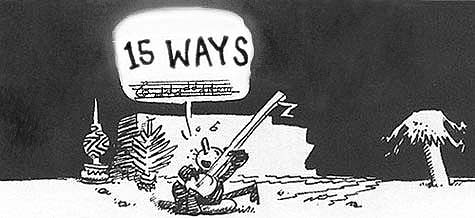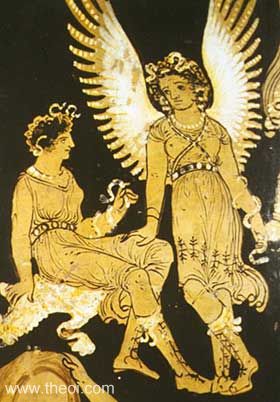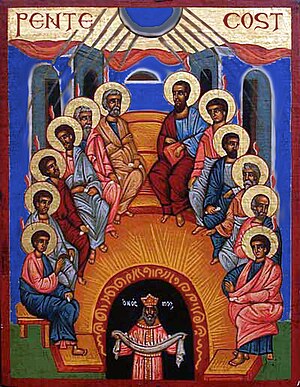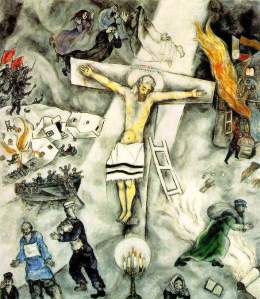In a recent post I drew attention to Mark Goodacre’s remark that the work of the mythicists helps keeps “scholars like him honest”. It is always good, he said, to go back and see how we really do know that Jesus existed. But is that what they are doing? Why are New Testament scholars failing to cope with the new potentials and challenges of the internet in the same way that scholars from certain other disciplines are?
One of the best things that has happened to challenge scholars in recent years is the internet and the internet’s potential to democratize knowledge as well as challenges to established conventional wisdoms.
One still sees a few scholars complaining about the internet’s ability to pollute, dilute, dispute, disrepute, confute and prostitute all that is holy and good in their field of research.
Some woolly mammoths are even still caught out poo-poohing Wikipedia on principle simply because it started out as a democratically created encyclopedia. Even when they do mention it favourably they betray their guilt by adding some scoffing remark like a mantra. (See http://www.nature.com/nature/journal/v438/n7070/full/438900a.html and related links for comparison of Wikipedia with Encyclopedia Britannica)
I have not done a study of who the main culprits of all this esoteric anti-democratic fear-mongering are, but I do wonder if most of them belong to the non-science fields. Continue reading “Keeping (Biblical) Scholars Honest”







